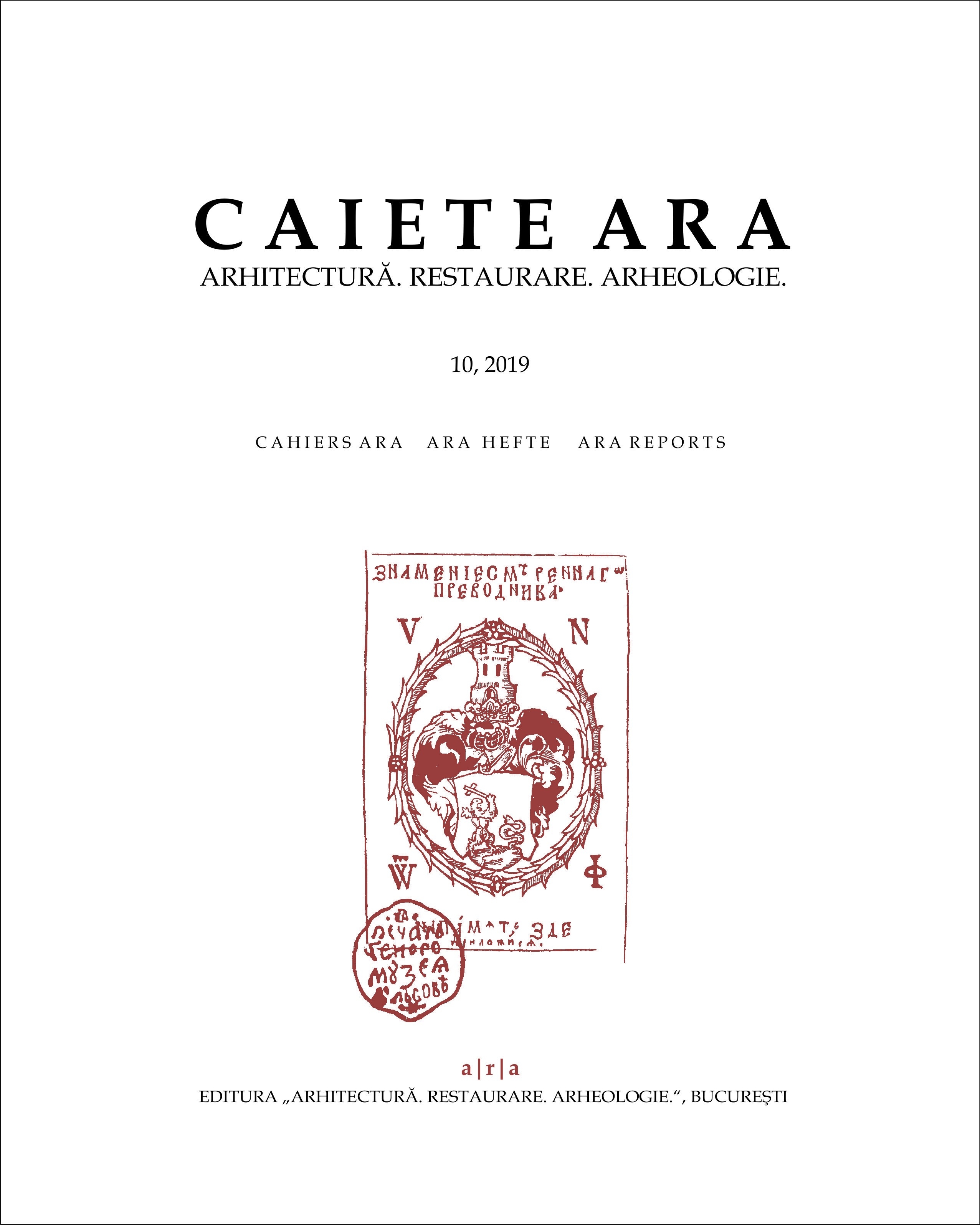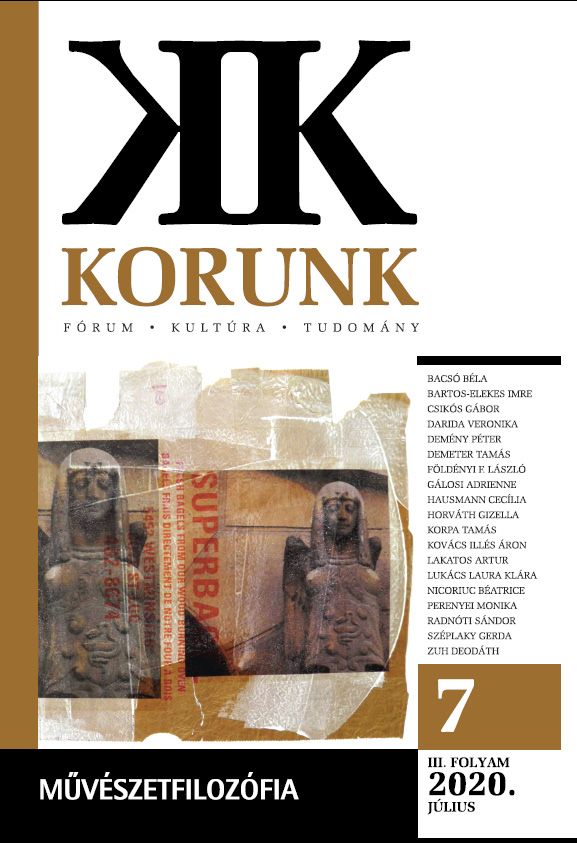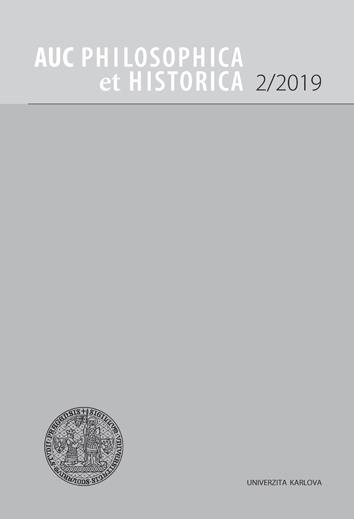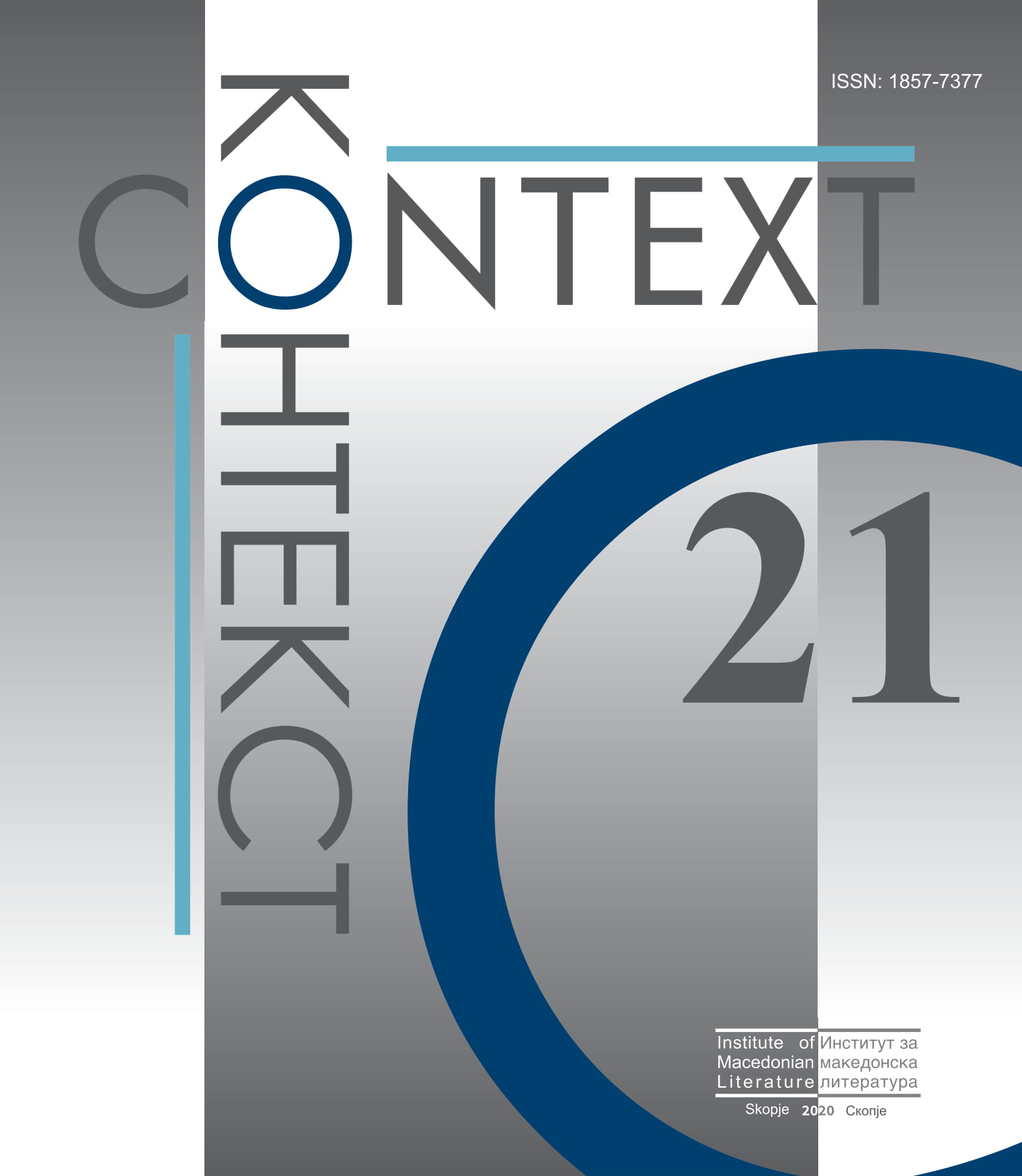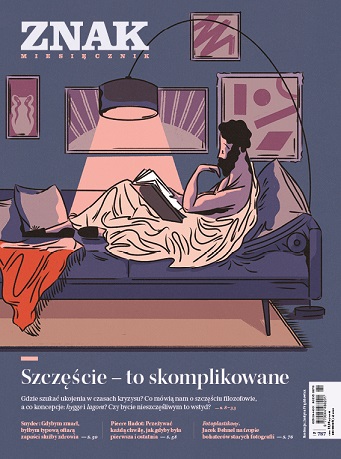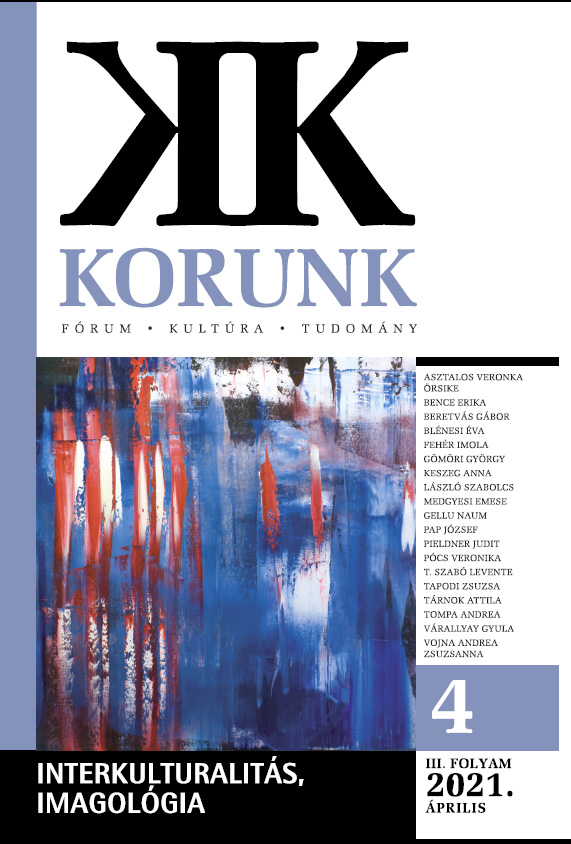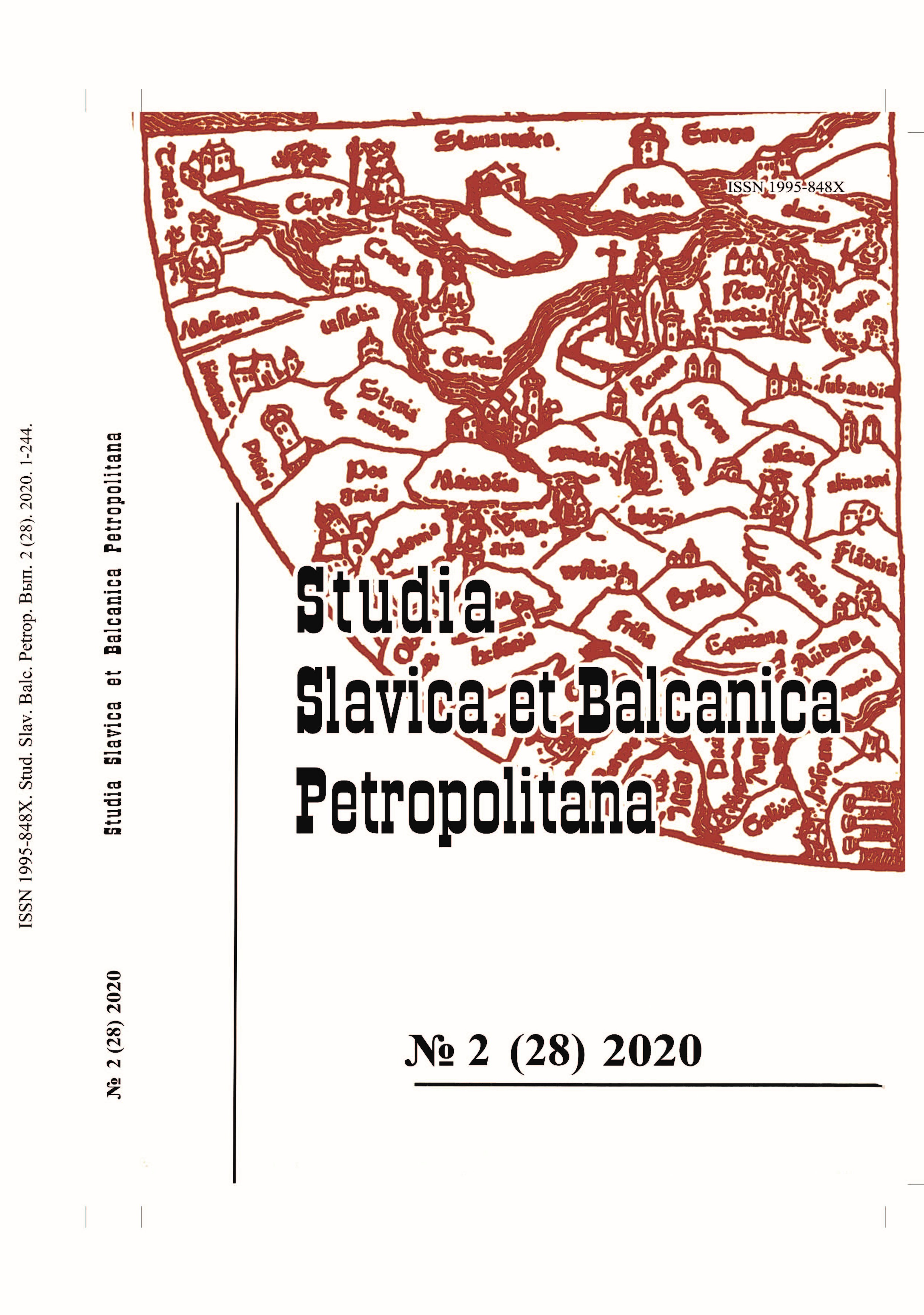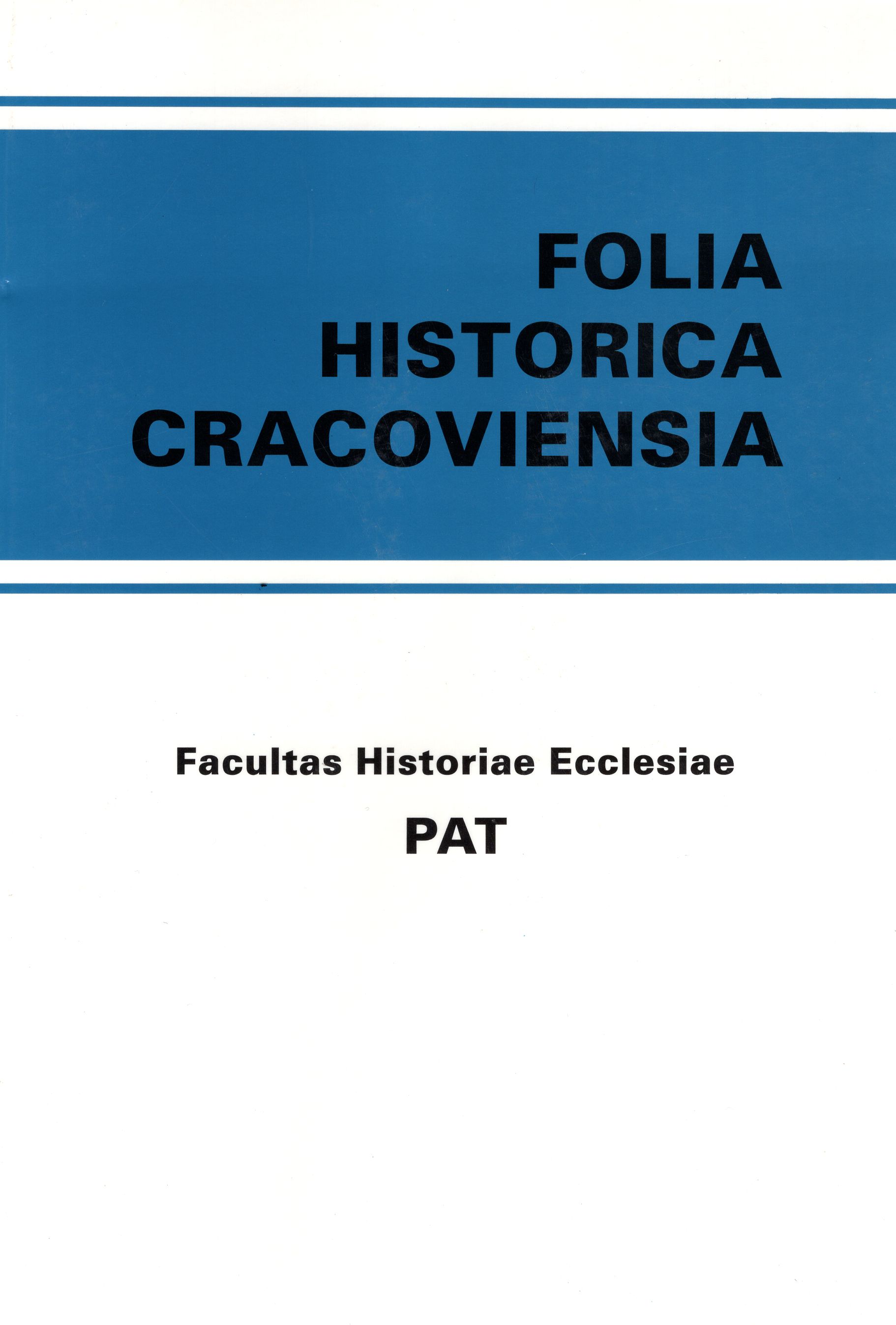Author(s): Magdalena Adamska,Dariusz Nowacki / Language(s): Polish
Issue: 1/2004
Johannes Herman (ca 1435-1504), canon of the Wrocław Cathedral Chapter has been known so far from references included in the records of the Chapter’s meetings. An entry of September 16, 1502 reads that Herman presented the Cathedral with a beautifully embellished reliquary of St. Sebastian’s hand, made of gilded silver, with the intention of redeeming his soul and celebrating the Saint’s relics. Simultaneously, he was asking the Chapter to establish St. Sebastian’s feast (January 20) as dupliciter (with three readings), and proposed that the offering on that day be used to cover students’ scholarship expenses. Canons accepted the gift and promised to co-operate with bishop Johann Roth, whose duty was to establish the rite. At the Chapter’s meetings of December 22, 1503 and January 5, 1504, Herman followed up the cause. He confirmed his wish to support the students of the Cathedral School and finally stated that he would sell the reliquary to meet additional financial demands made by the Chapter. Both sides remained devided on the issue. The reason why there are no more records on the matter was Herman’s forthcoming death. The above-mentioned reliquary was kept in the Cathedral treasury; the fact mentioned in the records on the occasion of Maximilian II’ visit, then the Czech and Hungarian king, to Wrocław in December 1563. The monarch asked the Chapter to show the relics to his wife, Mary. Canons decided to show St. Jadwiga’s hand and St. Sebastian’s arm relics. In a letter of February 9, 1564 written by Wrocław bishop Caspar von Logau to the Chapter deans we read about Maximilian’s wish to purchase the relics. Other relics or a financial compensation were considered to pay for the transaction. There are no records on actual negotiations, the transaction, however, was completed as the reliquary of St. Sebastian was given by queen (later empress) Mary to Spain. Among ostensories presented by the empress as gifts and preserved at Monasterio de las Descalzas Reales in Madrid is a splendid hand reliquary in the late Gothic style which turns out to be identical with the one mentioned in the records of the Wrocław Chapter. The inscription bears the name Herman and date 1499. Cruz Valdovinos had already pointed at its two closest analogies preserved in the Cathedral treasury in Wrocław - St. Sebastian’s and St. John the Baptist’s hand reliquaries. The paper describes interdependencies of the three works of art and calls for further research, especially on tlie relation of the Silesian Gothic goldsmith’s work others primarily central European.
More...
